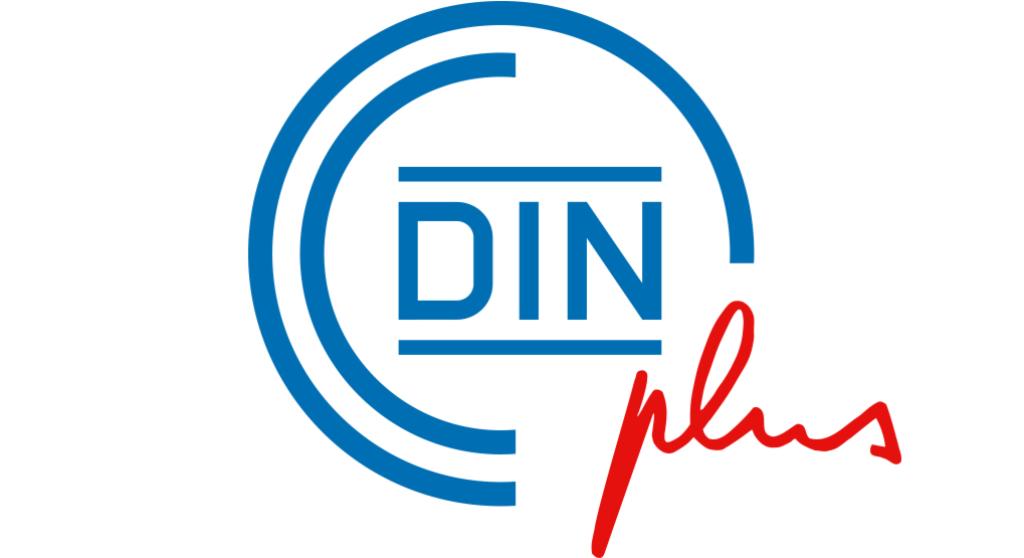Category I PPE Products
Personal protective equipment (PPE) ensures safety at work and during leisure time. Therefore, it is very important that safety glasses, such as sun glasses, laser safety glasses or other eye protection equipment comply with the legal requirements to ensure their protective function.
The new PPE Regulation 2016/425 took effect in the spring of 2016. The old PPE Directive 89/686 EEC for the testing and certification of personal protective equipment continues to remain valid for another two years, until April 20, 2018. During this time period, manufacturers and distributors of PPE products have time to prepare for the new requirements.
The Different PPE Categories

Different professions have different potentials for risks. The higher the risk potential and the severity of potential injuries, the greater the protective function of PPE and the stricter the regulatory requirements for personal protective equipment.
Therefore, PPE products are classified in different risk categories as specified in the PPE Directive 89/686/EEC. Depending on the category, different assessment of conformity procedures must be followed.
Category I
Products in this category protect against minimal health and safety hazards.
This category includes for example:
- Sunglasses
- Ski goggles
- Sports glasses
Confidence is Good - DIN-Geprüft is Better

With the recognized and neutral certification mark "DIN-Geprüft", DIN CERTCO offers the manufacturer an opportunity to convince its customers of the quality of its products and supports the buying decision by using our DIN mark - which is a synonym for confidence.
Basis of Testing
The following standards are the bases for testing and certification:
- DIN EN ISO 12312-1 and DIN EN ISO 12311 - Eye and face protection - Sunglasses and related eyewear - Part 1: Sunglasses for general use
- DIN EN ISO 12312-1 and DIN EN ISO 12312-2 - Personal eye-equipment - Sunglasses and sunglare filters for general use and filters for direct observation of the sun
- DIN EN 174 - Personal eye-protection - Ski goggles for downhill skiing
Quality Criterias
They specify the requirements and testing procedures for Category 1 products. The following criteria are subject to the testing:
- Optical effects of the oculars
- Optical Aberration
- Transmission characteristics
- Artificial ageing
- General construction requirements (ergonomics)
- Mechanical requirements
- Resistance to ignition
- Testing of coatings
- User instructiont
The Way to the Mark
Any PPE, which is to be placed on the German and European market, requires a CE Mark. With the CE Mark, the manufacturer is declaring, at its sole responsibility, that his PPE products conform to the requirements of the European Directives (declaration of conformity). In a conformity assessment procedure, the products are tested for compliance with the requirements of the PPE Directive 89/686/EEC.
The procedures that must be included for the CE marking by the manufacturer depend on the PPE category of the product and on the associated risk group.
For the sale of Category I PPE products on the German and European market, the CE Mark is sufficient.
However, by using a voluntary quality seal (e.g. the marks issued by DIN CERTCO, DINplus, DIN-Geprüft, GS etc.), the manufacturer has the option to demonstrate that the product was tested by an independent third party and complies with the product standard

DIN-Geprüft
DIN-Geprüft is the quality mark for the tested and monitored conformity of a product with the respective requirements contained in the DIN-, DIN EN or DIN EN ISO standards and in certification schemes, as well as for the regularly conducted monitoring of in-factory production controls.

DINplus
The DINplus mark is the quality mark for products for which conformity with standards has been tested and monitored and which satisfies additional requirements such as quality and environmental measures during production as well as annual monitoring of the factory production quality control system procedures of the manufacturer. This is the "plus of quality".
Documents
| Certification Scheme Eye Protection Category | 340 KB | Download | |
| Leaflet European Requirements PPE | 67 KB | Download | |
| Brochure | 492 KB | Download | |
| Flyer for customers | 471 KB | Download | |
| General Terms and Conditions | 327 KB | Download | |
| Testing- Registration- and Certification Regulations | 320 KB | Download |
FAQ - Frequently Asked Questions
Contact

We are pleased to answer your questions
DIN CERTCO Gesellschaft für Konformitätsbewertung mbH



